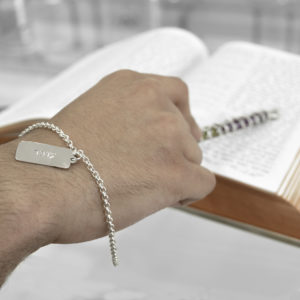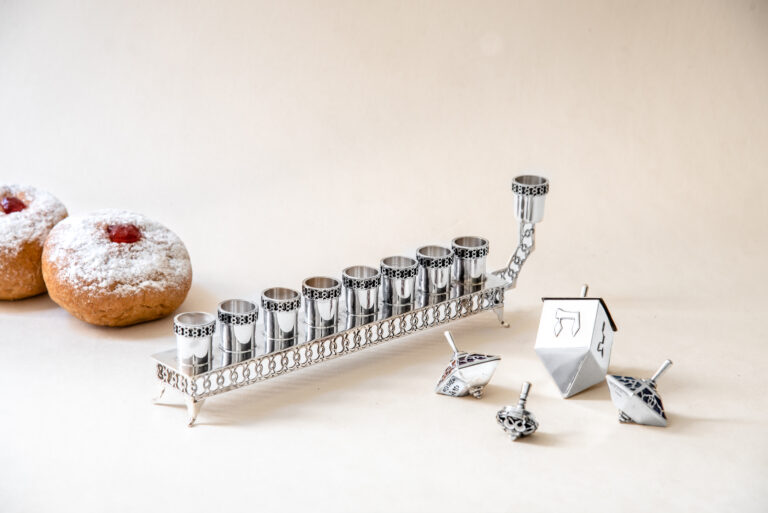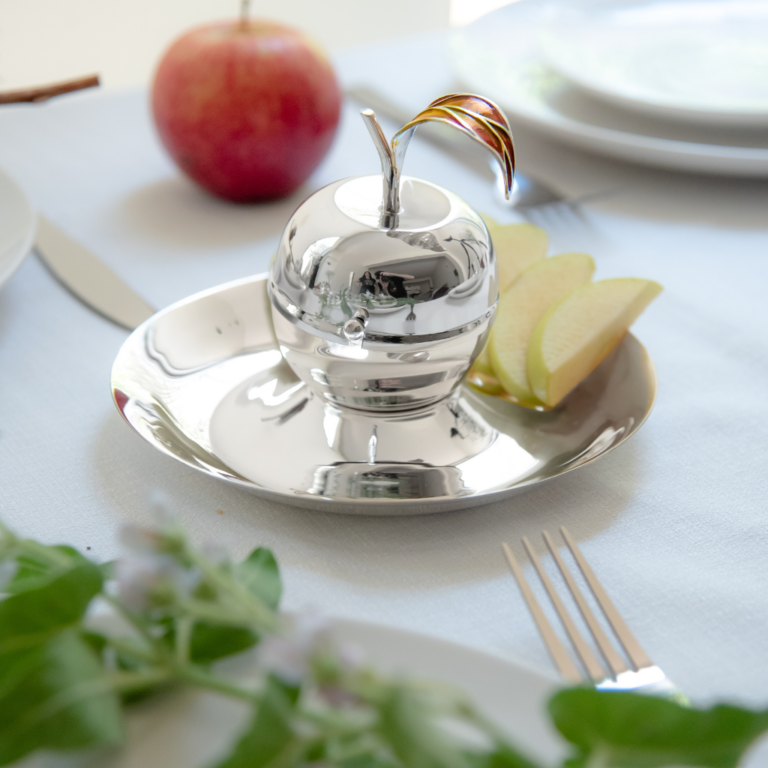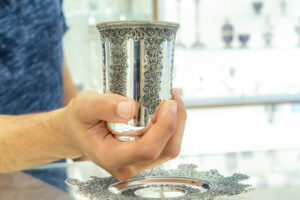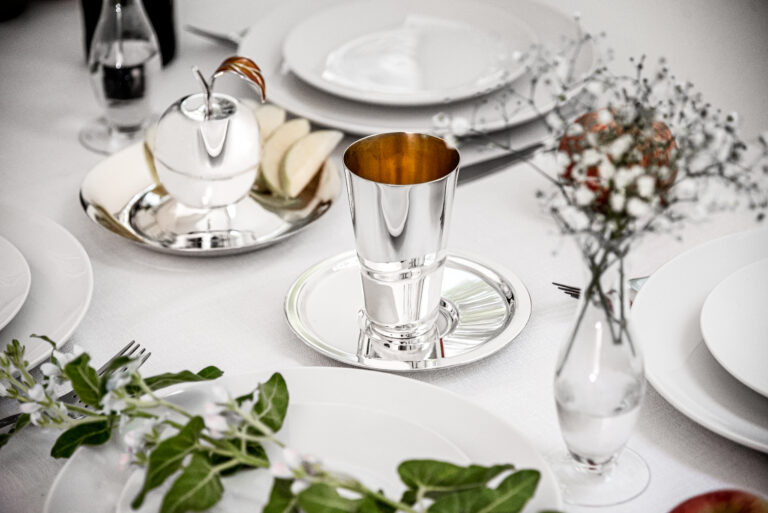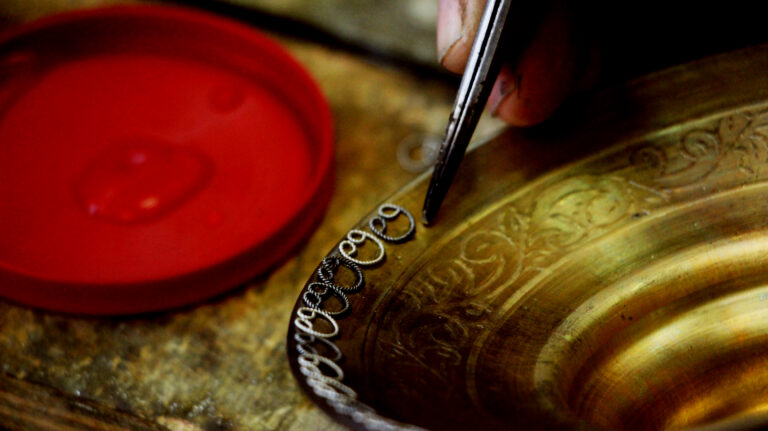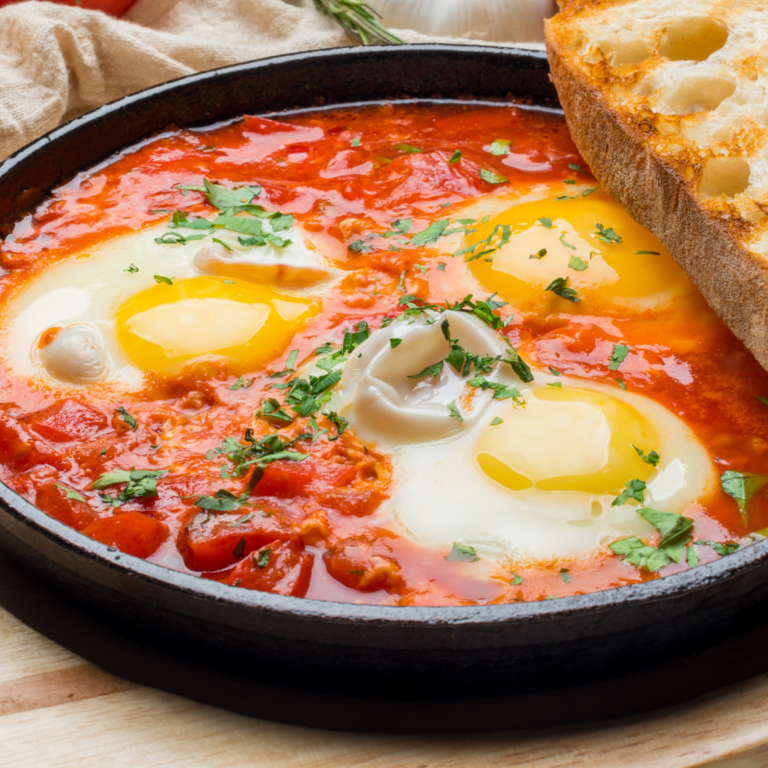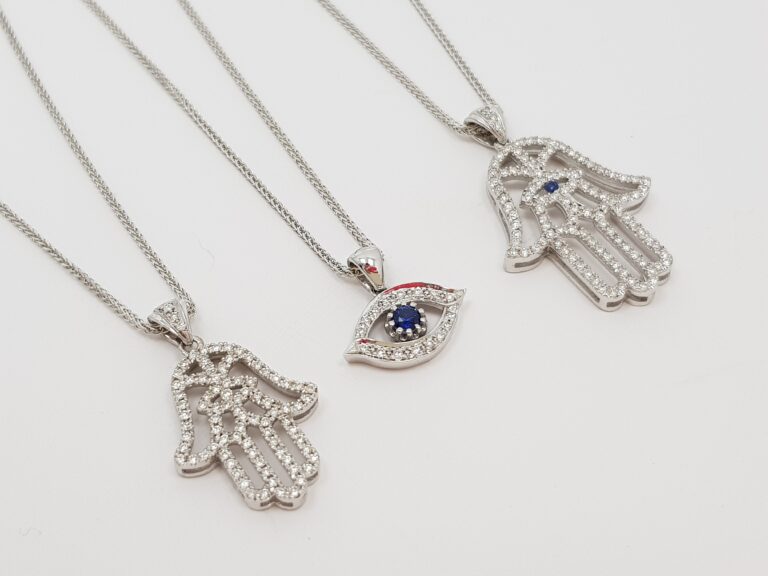Passover, or Pesach, is one of the most important holidays in the Jewish calendar. It’s a time for friends and families to come together and enjoy a traditional Passover meal celebrating thousands of years of Jewish tradition.
Planning a big seder meal can be a mission, and there’s often some confusion about traditional Passover food and how to create the perfect meal menu.
We’ve got some great tips about how to plan a stress-free seder this year and please all your guests. We’ve also got some tasty ideas for Passover desserts, Passover bread alternatives, and delicious Passover cookies.
If you’re planning to host a traditional Passover meal this year or want to contribute an original dish to your host’s table, read on.
To listen to the entire article, please click on the play button
When is Passover 2023?
 The dates of all Jewish holidays are calculated according to the Hebrew lunar calendar. There’s always some disparity between the modern calendar we use for day-to-day life and the dates of holidays like Passover and Rosh HaShanah changing yearly.
The dates of all Jewish holidays are calculated according to the Hebrew lunar calendar. There’s always some disparity between the modern calendar we use for day-to-day life and the dates of holidays like Passover and Rosh HaShanah changing yearly.
Passover is celebrated between the Hebrew calendar dates of Nisan 15th – 22nd. This year, Nissan’s 15th corresponds with April 5th. Passover 2023 begins at sundown on April 5th and ends at sunset on April 13th. If you’re planning a Passover meal or want to buy some unique gifts, it’s time to start thinking ahead!
Why Do We Celebrate with a Traditional Passover Meal?
Good food is a significant part of Jewish culture, our ancestors never missed an opportunity to get together and enjoy a good feast. The annual Passover meal probably has its earliest origins in prehistory.
It usually falls shortly after the spring equinox and may have marked the progression of the vital life-sustaining agricultural cycle. The ritual we now regard as a seder meal can be traced back to biblical times.
Passover celebrates the emancipation of the Jewish people and their flight from slavery in Egypt. The word Passover was derived from the biblical account of God’s passing over’ the Jewish homes when he killed the Egyptian firstborn on the eve of the first-ever Passover.
Despite the extreme events behind the origin of the Passover holiday, a modern seder meal is a happy family event focusing on including even the youngest kids in the seder traditions.
The Passover meal educates us about the suffering – and ultimate liberation – of the Jews in Egypt. A traditional seder includes readings from the Haggadah, with questions and responses, the drinking of four cups of wine, eating ritual Passover food from the seder plate, and also singing.
If you’re planning a traditional seder this year, it’s worth making a Passover food list and shopping well in advance – especially if you don’t live in a Jewish neighborhood or near a Jewish store.
Passover Food List for a Traditional Seder
The same foods on a Passover meal menu can vary according to Jewish traditions, personal preferences – and the availability of each type of food and ingredient. Most people who host a traditional seder meal will always try to serve the following:
- Matza – Passover bread
Matza is a traditional unleavened bread. Made from flour and water and is usually baked in an oven. It has a unique texture and flavor, making it a favorite among Jewish families. Matza is used to commemorating the Exodus of the Israelites from Egypt, as it was the only food they had time to bake before leaving.
- Zeroa – chicken wing
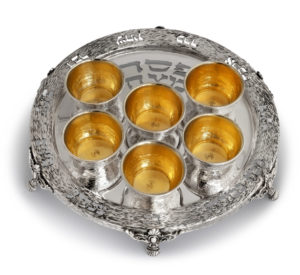
The zero is a symbolic food representing the Temple’s paschal offering. These days it’s usually a well-roasted chicken wing. Fortunately, it’s not necessary to eat the zero.
- Beitza – hard-boiled egg
The egg is eaten during the seder and reminds us of the holiday offerings our ancestors brought during the Temple times. Each guest is usually done a whole egg.
- Maror – bitter herbs
Maror reminds us of the bitterness of slavery and exile. Most people serve a fiery horseradish paste as maror. Maror is an acquired taste, and there’s no disgrace in taking just the tiniest amount.
- Chazeret – bitter lettuce
Chazeret, with its sweet leaves and hard, bitter root, symbolizes the soft lies that Pharaoh told to make the painful reality of slavery palatable to the Israelites. You can serve any lettuce root as chazeret.
- Charoset – paste or relish
Charoset is the tastiest item on the Pesach plate and is a welcome counter to the bitterness of the maror. The charoset paste symbolizes bricks and mortar made by Jewish enslaved people.
- Karpas – vegetable
Karpas reminds us of the backbreaking labor performed by the Hebrew enslaved people in Egypt. The years of toil in the fierce heat ended with the departure that Passover celebrates.
The beitza and karpas are usually dipped in a small bowl of salt water, symbolizing the tears of anguish shed by the ancient Israelites during their time of slavery in Egypt.
Unleavened Bread for Passover
The least popular Passover food is matzas. The unleavened bread for Passover is compulsory in traditional or religious Jewish homes throughout the Passover week. The tradition of eating matzas originates in a ban on chametz (any grain product that has come into contact with water and risen) during the holiday. Some Ashkenazis abstain 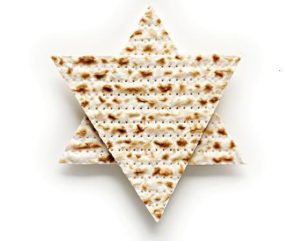
Unleavened bread for Passover is not the most delicious food in the world. Most people find that the novelty wears off pretty fast, but with some imagination, dry and brittle matzas can be transformed into some delicious dishes.
These include filling matza dumplings for chicken soup, chocolate Passover desserts, and kosher Passover cookies.
How to make Passover Desserts with Matza
Matza meal can be a pretty good substitute for flour – and potato starch can help – at least for some dishes. There are loads of good recipes for tasty chocolate puddings, apple cakes, and Passover cookies made with matzas that you can add to your Passover food list. One of our favorite Passover desserts is super simple.
Matza`s Chocolate and Ice Cream Sandwiches
Take slices of matza Passover bread and dip them in melted chocolate (use a few different types of chocolate). You can also sprinkle tiny sweets or ground nuts onto the chocolate. When each slice is thoroughly coated, freeze it. Once the chocolate-covered matzas are frozen solid, you can make ‘sandwiches’ with ice cream, jelly, trifle, or any other sweet filling. Your kids will love it!
Passover Meal Gifts
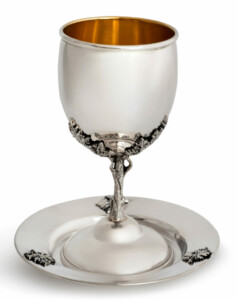
If you’ve been invited to a Passover seder, the chances are that your host has gone to a lot of work – and considerable expense – to cook a beautiful dinner. It’s normal to bring a bottle of wine, chocolates, or other small luxuries when you’re invited to a meal in someone’s home.
But a holiday like Pesach is an opportunity to offer a special gift. One option that will never go out of fashion is handmade Passover tableware or silverware.
The obvious choice when buying Passover gifts is a seder plate or a matzas plate. It’s worth remembering that wine plays a significant role in the seder dinner, with a traditional serving of four glasses during the Haggadah.
A great Passover gift is a Kiddush cup or set, a silver wine fountain, a wine holder, or a set of Jewish wine glasses. The advantage of buying Judaica for wine lovers is that it can be used all year round and not just for Pesach week.
When you buy handmade Passover gifts from Jerusalem, it’s worth thinking about each facility and adding a special personal touch. This could be something as simple as an engraving or a blessing with the date. You can also opt for more ornate and detailed decorations with silver filigree, stamping or beading, or customized enamel lettering.
Enameling can transform a Passover gift by adding a blaze of bright color and unique motifs and designs. Pesach is a spring festival, and some of the most popular custom designs celebrate its connection with nature and the land. Try out silver vine leaves, grapes, honey bees, or other natural symbols.
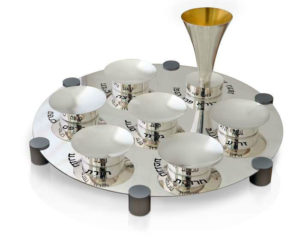 If you like bright colors and bold modern designs, you’ll love our collection of anodized aluminum Pesach plates. Another current bestseller is the artist’s palette seder plate. At first glance, it looks like a paint-splattered mixing board until you see the six tiny glass dish holders for the traditional Passover foods.
If you like bright colors and bold modern designs, you’ll love our collection of anodized aluminum Pesach plates. Another current bestseller is the artist’s palette seder plate. At first glance, it looks like a paint-splattered mixing board until you see the six tiny glass dish holders for the traditional Passover foods.
Whether you prefer timeless Passover silverware, stylish art deco,, or modern tableware, you can surprise your host with a beautiful Pesach gift that will look amazing on their table and last a lifetime. Pesach celebrates the emancipation of the Jewish people and is a time for friends and family to come together. A handmade gift from Israel will make Passover 2023 a holiday to remember!
conclusion
Passover is an important holiday in the Jewish faith and with it comes many rituals, traditions, and observances. Knowing why we celebrate Passover with a traditional meal sets the stage for meaningful celebrations. With Passover food lists, Matza-based recipes, and thoughtful gifts in hand, all that is left to do is to make memories and savor the holiday season with family and friends.
By employing all of the helpful tips provided above, you can be sure to set up your celebration of Passover for 2023 with ease and have it run as smoothly as possible. As we enter this joyous holiday season together, may your home be filled with delight and harmony while you share traditional dishes, partake in meaningful conversations around the table, and enjoy quality time spent with the ones that you love.
